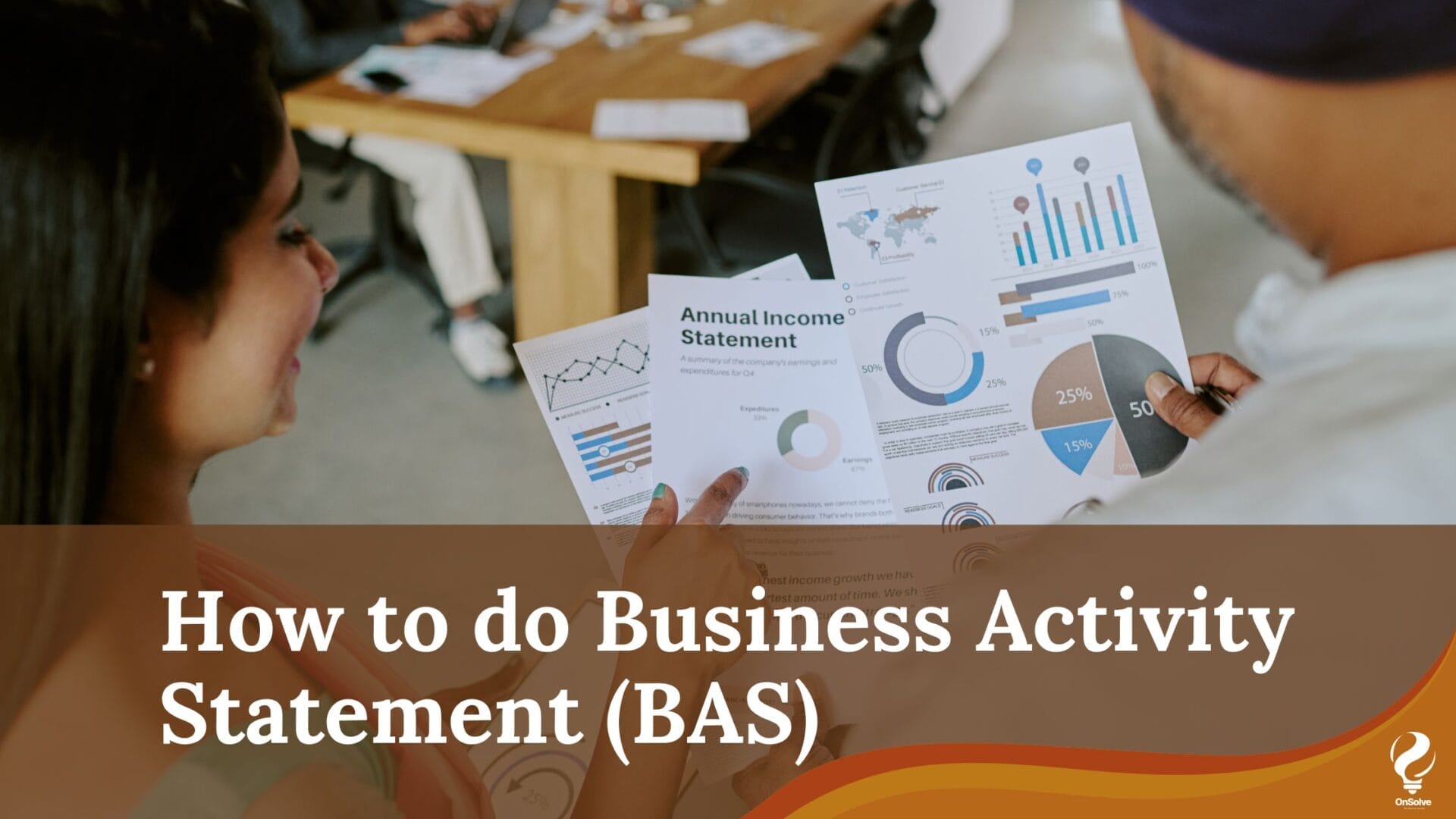Navigating Technology Investments for Business Success
Introduction
In the ever-evolving landscape of technology, businesses of all sizes are becoming increasingly dependent on Information Technology (IT) to streamline operations, enhance customer experiences, and drive innovation. However, along with the myriad benefits that IT brings, there’s an important aspect that requires careful consideration: budgeting and cost management. In this blog, we’ll delve into the world of IT budgeting and explore effective strategies for cost management to ensure your IT investments align with your business goals.
The Importance of IT Budgeting
IT budgeting refers to the process of estimating, allocating, and controlling financial resources required to support IT initiatives and projects. A well-defined IT budget serves as a roadmap that helps organizations plan and prioritize their technology investments, ensuring optimal resource allocation and utilization.
- Aligning IT with Business Objectives: A robust IT budget bridges the gap between technological aspirations and business objectives. It ensures that IT initiatives are closely aligned with the strategic goals of the organization, driving innovation and growth.
- Resource Allocation: Budgeting provides a clear overview of available resources, enabling organizations to allocate funds, personnel, and time effectively to various IT projects. This prevents overspending and promotes resource optimization.
- Risk Management: By forecasting potential costs and resource requirements, IT budgeting allows organizations to anticipate and mitigate risks associated with technology implementations, ensuring smoother project execution.
- Performance Evaluation: A well-structured IT budget facilitates performance measurement and evaluation of IT projects. It helps in identifying which initiatives are delivering the desired outcomes and which might need adjustments.
Effective IT Budgeting Strategies
- Involve Key Stakeholders: Collaborate with key stakeholders, including department heads, IT leaders, and finance teams, to gain insights into their technology needs and priorities. This collaborative approach ensures that the budget reflects the real needs of the organization.
- Prioritize Projects: Not all IT initiatives are created equal. Categorize projects based on their alignment with business objectives, potential impact, and urgency. This allows you to allocate resources more effectively and ensure that high-priority projects receive adequate funding.
- Consider Total Cost of Ownership (TCO): When budgeting for IT solutions, consider not just the initial investment but also the ongoing costs associated with maintenance, support, and upgrades. This holistic view helps in making informed decisions about the long-term viability of investments.
- Embrace Cloud Solutions: Cloud computing offers flexibility and scalability, allowing businesses to avoid the substantial upfront costs of hardware and infrastructure. Cloud services often operate on a subscription-based model, making budgeting more predictable.
- Factor in Security and Compliance: Security is paramount in the digital age. Allocate resources for robust cybersecurity measures and ensure compliance with relevant regulations. Ignoring security can lead to costly breaches and data loss.
Cost Management Best Practices
- Regular Monitoring and Reporting: Establish a system for ongoing monitoring of IT expenses. Regularly review and compare actual expenditures against the budget to identify any discrepancies and take corrective actions promptly.
- Vendor Management: Maintain healthy relationships with technology vendors. Negotiate contracts carefully, considering factors like service level agreements, pricing structures, and potential discounts.
- Optimize Resource Utilization: Ensure that your IT resources, including hardware, software licenses, and personnel, are being utilized efficiently. Eliminate redundancies and explore ways to repurpose existing resources before making new purchases.
- Training and Knowledge Sharing: Invest in training programs for your IT team to enhance their skills and stay updated with the latest technologies. Well-trained staff can optimize systems, reducing the need for external consultants.
- Flexibility for Emergencies: Set aside a portion of the budget for unforeseen IT emergencies or urgent requirements. This helps prevent budget overruns in case of unexpected incidents.
Conclusion
In the digital age, IT budgeting and cost management are critical components of organizational success. A well-crafted IT budget aligns technology investments with business goals, while effective cost management strategies ensure that resources are optimized for maximum impact.
By embracing collaborative approaches, prioritization, and vigilant monitoring, businesses can navigate the complexities of IT budgeting and emerge as agile, technology-driven enterprises. Remember, the key lies not just in spending wisely, but in spending with purpose.
Credits: Caxton






